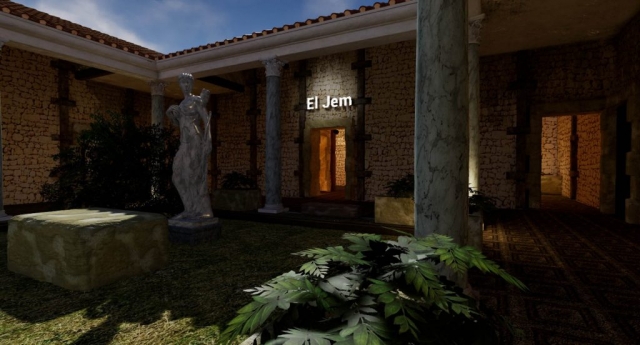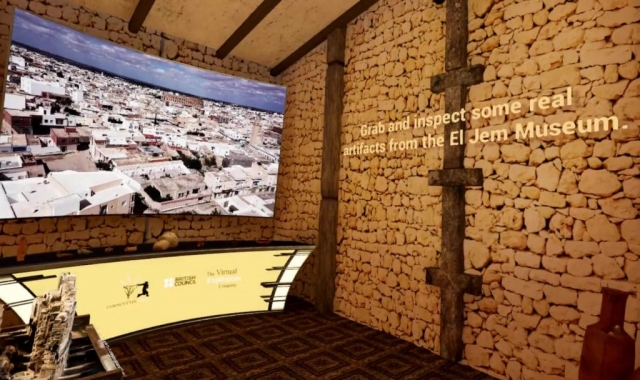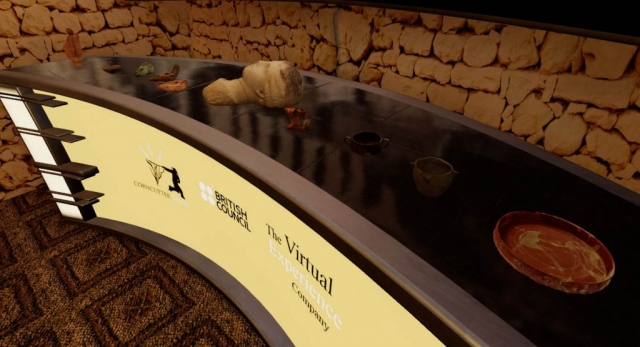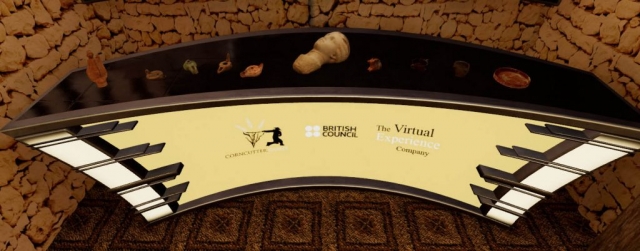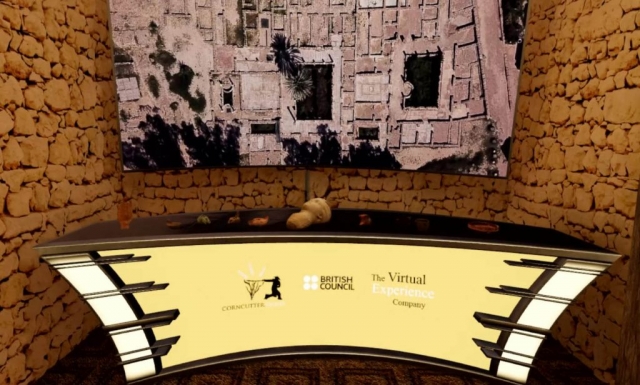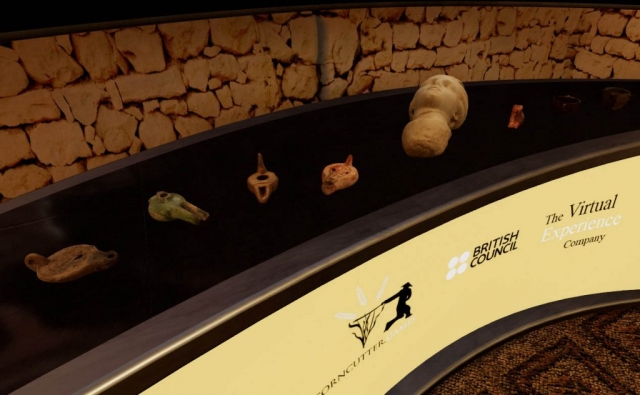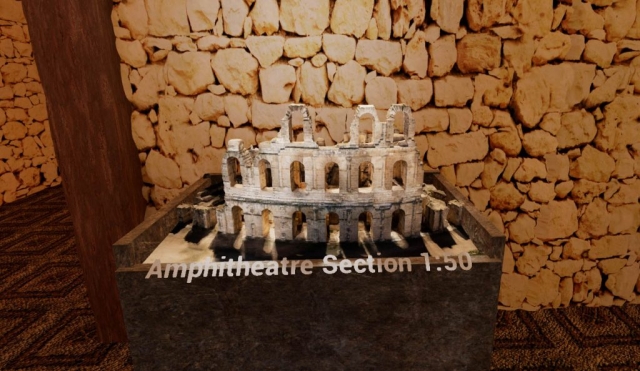El Jem Aerial View
The History of Thysdrus
The Roman city of Thysdrus was built, like almost all Roman settlements in ancient Tunisia, on former Punic settlements. In a less arid climate than today’s, Thysdrus, which became part of the Roman province of Byzacena, prospered especially in the 2nd century, when it became an important center of olive oil manufacturing for export.
By the early 3rd century AD, when the amphitheater was built, Thysdrus rivaled Hadrumetum (modern Sousse) as the second city of Roman North Africa, after Carthage. However, following the abortive revolt that began there in 238 AD, and Gordian I’s suicide in his villa near Carthage, Roman troops loyal to the Emperor Maximinus Thrax destroyed the city. The town is shown on the 4th century Peutinger Map.
Where Thysdrus once stood is today the Tunisian town El Jem.
Artifacts from the El Jem Museum
The project included the scanning of selected artifacts from the El Jem Museum. The scans were turned into 3D models that were uploaded and accessed via QR codes. Visitors could now explore and 'handle' the exhibits without any risk to the artifacts themselves. The 3D scans were also appreciated by the archaeologists and students at the museums. The highly accurate and detailed scans allow study of the objects without removing them from their position.
